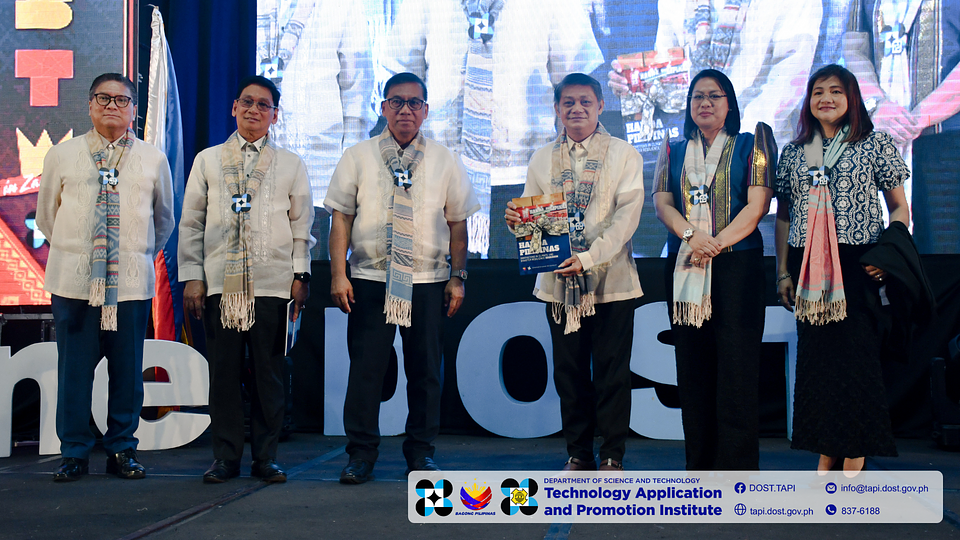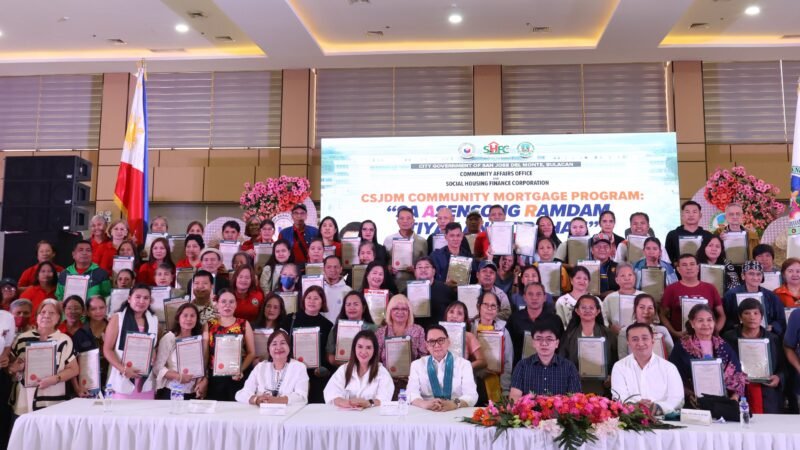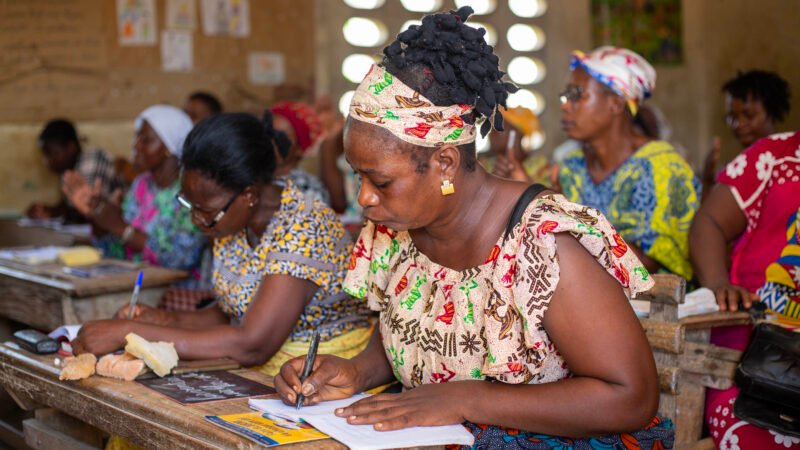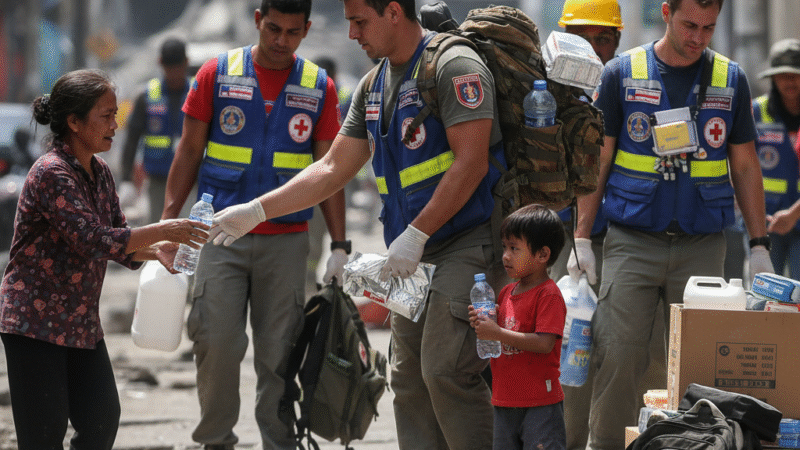HANDA PILIPINAS Mindanao Leg highlights science-based resilience and collaboration
As the Philippines faces escalating threats from natural hazards, the Department of Science and Technology (DOST) and partner agencies launched the HANDA PILIPINAS 2025 Mindanao Leg, carrying the theme “Kabalikat sa Matatag, Maginhawa, at Panatag na Mindanao.” The event highlighted how government agencies, communities, and private partners must work together to reduce risks and build resilience.
Mindanao’s history underscores the urgency of such initiatives. The island has endured some of the country’s most destructive calamities, including the Magnitude 7.5 earthquake of 1897 and the 1976 Moro Gulf earthquake and tsunami that claimed thousands of lives. More recent disasters, such as the 2019 Cotabato and Davao del Sur earthquakes, Tropical Storm Paeng in 2022, and the 2024 Cagayan de Oro landslide, reveal the persistent and evolving risks communities face.
DOST Secretary Renato U. Solidum Jr. emphasized in his keynote address the importance of community preparedness. “Disasters happen when we forget the last one. What matters is how we prevent, mitigate, and prepare our response, and how we recover efficiently and effectively. When local minds are informed, empowered, and equipped, they become heroes of their own stories of resilience,” he said.

Science-based tools take center stage
The Mindanao Leg showcased a range of technologies designed to strengthen disaster preparedness, mitigation, and response.
GeoRiskPH, led by DOST-PHIVOLCS, provides location-specific hazard information to support risk assessments and decision-making.
The DRRM-H NICER Project 3: Simulation-Based Learning Laboratory, part of UP Manila’s DRRM-H Program, uses the Emergo Train System to give future professionals hands-on disaster response training, enhancing their command, communication, and coordination skills.
You May Also Like: Cebu earthquake underscores urgent need for emergency preparedness in the Philippines
Hiraya Tech’s HIMO (Hiraya Intelligent Modular Optimization) introduces AI-powered smart water management, helping communities monitor and control water flow automatically to ensure cleaner and more reliable supply.
Lithos Manufacturing’s Rainfold with Zeramic Filter offers a foldable, easy-to-install rainwater storage system with a three-stage filter that removes heavy metals and improves taste and smell — providing practical clean water solutions for homes and remote areas.
DOST-PAGASA’s PANaHON is a web-based platform that delivers accurate, location-specific forecasts through an interactive map. It enables communities to plan better and respond quickly to weather threats.
Zamboanga City recently adopted DOST’s Rapid Damage Assessment and Needs Analysis (RDANA) tool, empowering local communities to act swiftly and efficiently during disasters.
Collaboration drives resilience
HANDA PILIPINAS calls for joint action from government, local communities, and the private sector to build resilience. The platform encourages local government units (LGUs) to adopt innovative solutions and share best practices in disaster risk reduction and management.
Solidum highlighted efforts to expand tsunami awareness in coastal communities through information drives, early warning systems, evacuation mapping, and drills.
The event also marked the launch of the HANDA PILIPINAS: Innovations in Climate and Disaster Resilience Guidebook, accessible at handapilipinas.dost.gov.ph. LGUs are urged to use its Information and Technology Needs Assessment Tool to contextualize hazards and address technology gaps tailored to their communities.
The Technology Application and Promotion Institute (DOST–TAPI) plays a crucial role by coordinating technology exhibitions, promoting innovative solutions, and supporting commercialization to help communities implement science-based interventions.
The urgency of nationwide preparedness was underscored by the magnitude 6.9 earthquake that struck Cebu on October 5, 2025, killing 71 people and causing extensive damage.
The HANDA PILIPINAS 2025 Visayas Leg, set for October 27–29 in Bacolod City and hosted by DOST–Negros Island Region, will build on this momentum. It aims to deepen collaboration and strengthen resilience through science, technology, and innovation across the Visayas.



